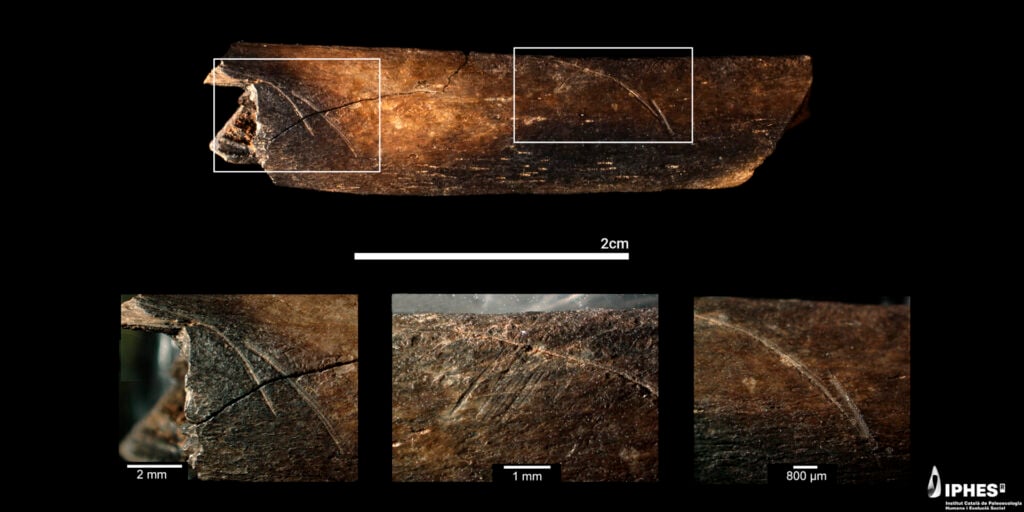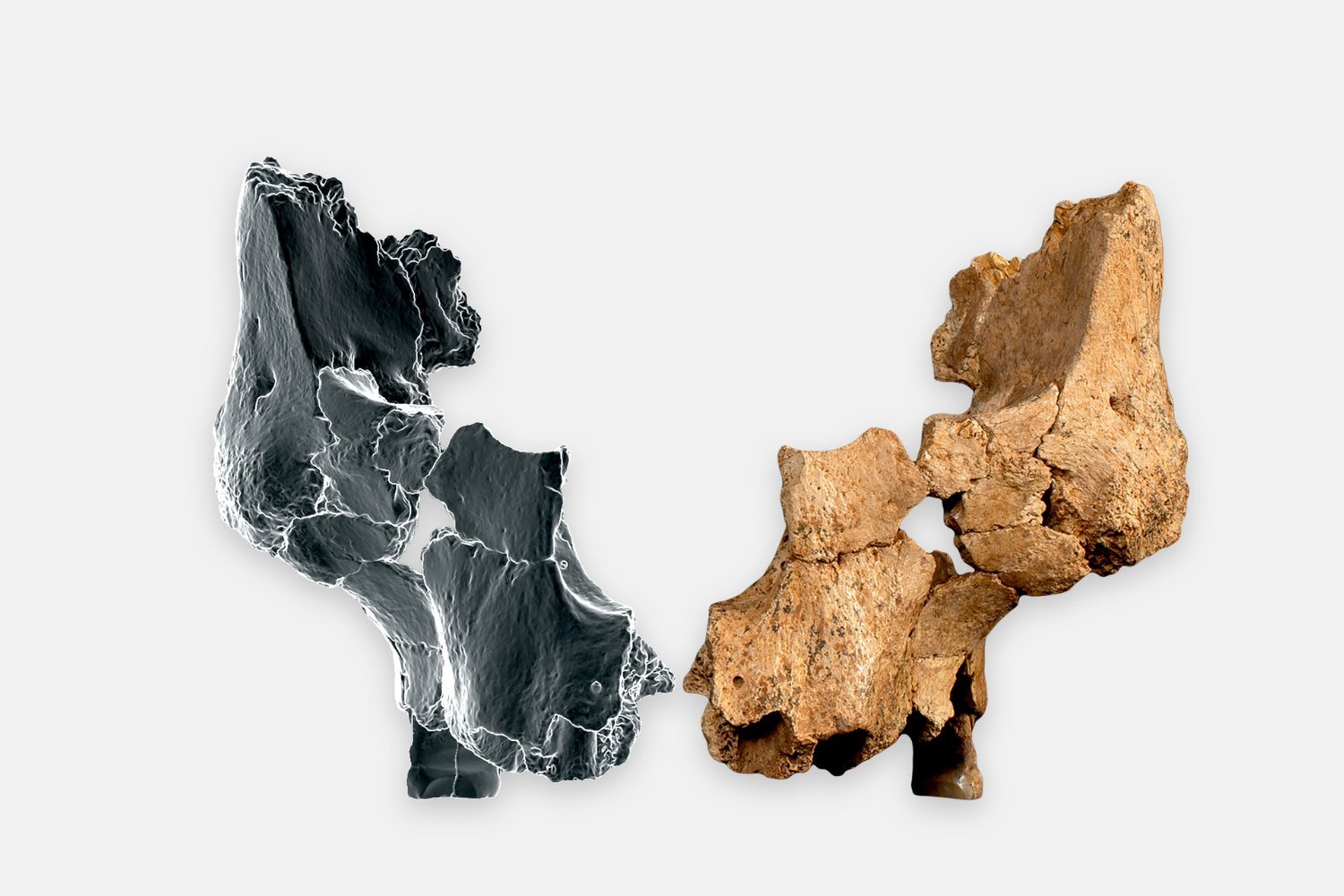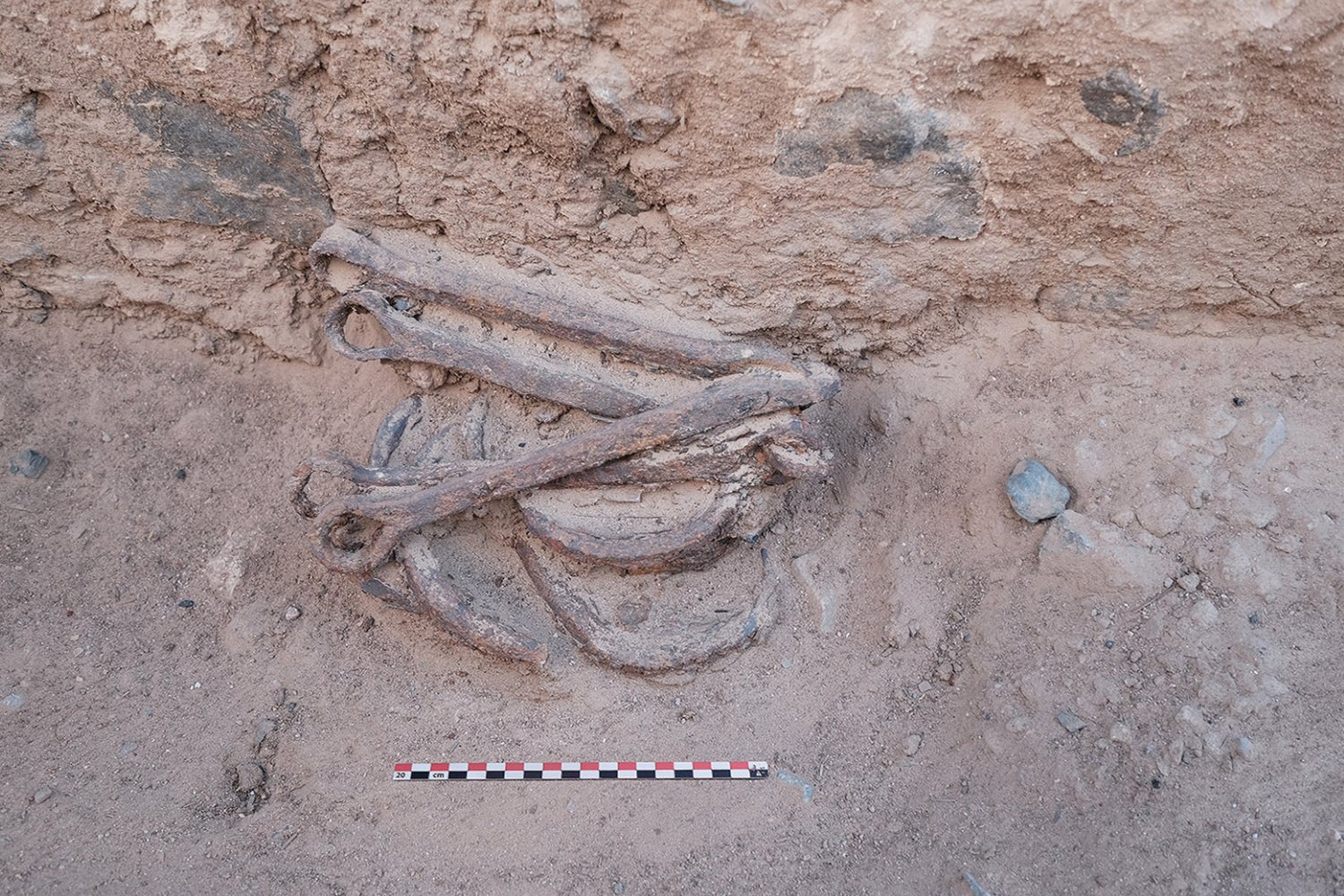The discovery of facial fragments belonging to a primitive archaic human in northern Spain has pushed back the timeline of hominin presence in western Europe. This groundbreaking finding, published in Nature, suggests a more complex and diverse picture of early human evolution than previously understood. The remains, dated between 1.1 and 1.4 million years old, represent the oldest known evidence of hominins in the region, predating previous discoveries by a significant margin.
This discovery challenges the previous understanding of early human occupation in Europe, which centered around Homo antecessor, a species whose remains, dating back around 900,000 years, were also found at the same site. The newly unearthed fragments, however, do not belong to Homo antecessor. Instead, researchers have linked them to Homo affinis erectus, a close relative of Homo erectus, one of our direct ancestors. This suggests a population turnover in Europe towards the end of the Early Pleistocene.
The research team, led by Rosa Huguet, a paleoanthropologist at the Institut Català de Paleoecologia Humana i Evolució Social, believes this discovery introduces a “new actor” in the story of human evolution in Europe. It confirms that multiple hominin species coexisted in Europe during the Early Pleistocene, and that Homo antecessor was not, as previously thought, the first hominin to inhabit western Europe.
 A small animal rib with cut marks found on the site.
A small animal rib with cut marks found on the site.
A Face from the Past: Homo aff. erectus
Nicknamed “Pink” after the band Pink Floyd’s album The Dark Side of the Moon (a playful reference also to the lead author, whose name, Rosa, means “pink” in Spanish), the fossil was found among over 6,000 other fossil remains, including animal bones bearing cut marks. This provides further evidence of hominin activity at the site. Located less than 820 feet (250 meters) from the Homo antecessor remains, the Homo aff. erectus fossil predates them by approximately half a million years. This pushes back the known presence of hominins in western Europe significantly and sheds new light on migration and evolutionary patterns.
Facial Features and Evolutionary Implications
According to María Martinón-Torres, a researcher at Centro Nacional de Investigacíon sobre la Evolución Humana, Homo aff. erectus exhibits more primitive facial characteristics, especially in the cheek area, compared to Homo antecessor. While Homo antecessor and Homo sapiens share a more vertical and flat mid-face, Homo aff. erectus, like Homo erectus, has a more projecting face. This morphological difference provides crucial clues about the evolutionary relationships between these hominin species.
The team is cautious about definitively labeling the specimen as Homo erectus, acknowledging the similarities while also considering the possibility of it being a distinct species altogether. The facial fragment represents a “snapshot” of the hominin groups that migrated into Europe during favorable climatic conditions, placing them in an evolutionary space between the Dmanisi hominins from Georgia and Homo antecessor.
Unraveling the Mysteries of Human Evolution
The discovery raises intriguing questions about why Homo aff. erectus eventually gave way to Homo antecessor. The research team aims to uncover more fossils to further understand the identity and relationships of Homo aff. erectus and its role in the complex tapestry of human evolution.
 The archaeological work at Sima del Elefante.
The archaeological work at Sima del Elefante.
The team’s ongoing excavations at the Sima del Elefante site hold the promise of uncovering deeper layers and potentially revealing more about these early hominins. The presence of such diverse hominin groups in western Europe during the relatively recent Pleistocene epoch highlights the intricate and dynamic nature of human evolution.
A More Complex Narrative
This new finding, while adding complexity to the story of human origins, offers valuable insights into the diversity of hominin groups that preceded us. It underscores the long and fascinating journey of our species, evolving from a multitude of hominin populations to the 8 billion strong global population we are today.











